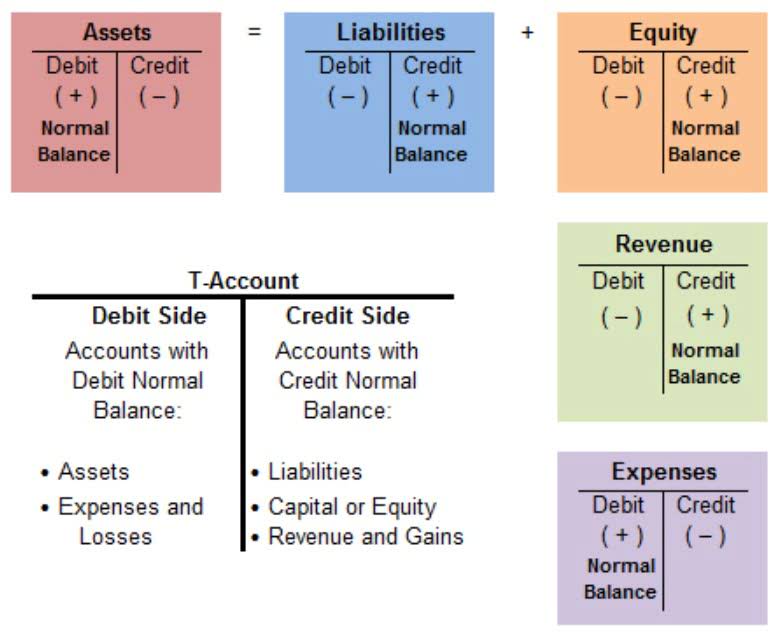
Period costs, on the other hand, are necessary to support your business and its daily operations. According to the same source, period costs have a direct effect on a company’s financial performance. As a small business owner, you want to keep this cost low and avoid unnecessary expenses. Doing so allows you to invest more in product development and generate higher profits. There is no standard formula for calculating period costs as these expenses vary extensively depending on business operations and accounting policies.
Recording and Calculation
The variable costing calculator can be used by following the steps as discussed below. The ratio of each element in the company’s capital structure determines the weights. The Payback Period is calculated by dividing the initial investment cost by the expected annual cash inflows.
Cost Accounting Formulas: Comprehensive List & Examples

Moreover, it helps authorities identify the irrelevant unavoidable costs that will always consider reaching the breakeven point. Also termed as period expenses, time costs, capacity costs, etc these are apportioned as expenses against the revenue for the given tenure. Some examples include General administration costs, sales clerk salary, depreciation of office facilities, etc. Period costs are like the backstage crew ensuring the business show runs smoothly. But they’re ongoing expenses necessary for the daily operation of the entire bakery. In a nutshell, COGS is the bill for creating or buying the stuff a business sells.

The Total Cost Formula: An Essential Business Profitability Tool
Product cost plays a crucial role in determining the pricing strategy and overall profitability of a product or service. When it comes to accounting for these total manufacturing cost formula costs, it acquires a position in the expense account when it is sold to customers or leaves the warehouse and disposed of. Prior to being sold, this inventory goes to the balance sheet and is recorded as an asset.
Product Costs vs Period Costs: A Guide to Costs of Product
The fixed cost per unit of output will vary inversely with changes in output level. Fixed cost is treated as a time cost and charged to the Profit and Loss Account. The costs of production are always a factor that businesses want to perfect as this factor ultimately decides profitability and their overall growth in the market.
- This ratio is commonly used to evaluate cost structures, monitor cost trends over time, and compare the cost efficiency of different companies within the same industry.
- This information can be useful for pricing decisions, assessing the impact of variable costs on profitability, and understanding the cost structure per unit of production.
- Sourcetable, an AI-powered spreadsheet, revolutionizes how businesses handle calculations.
- It’s important to note that the specific application of efficiency variance can vary depending on the context and industry.
- Fixed costs might include rent and salaries, while variable costs could include supplies or hourly wages for labor.
- Therefore, it is often used in conjunction with other financial metrics to make well-informed investment decisions.
Efficiency variance analysis helps businesses identify opportunities for process improvement, optimize resource allocation, and enhance productivity and cost-effectiveness. This means that, after accounting for all expenses, the company has $45,000 in net earnings. Net Profit provides a comprehensive measure of the business’s profitability and financial performance, indicating the amount of profit generated after https://x.com/bookstimeinc deducting all costs and expenses.

Variable Costing
Sometimes they’re right, but when they’re wrong, the consequences could be disastrous. You also need to invest in marketing, sales, customer support, legal, and more to ensure your product reaches the hands of the customers you want to serve. Calculate the inventoriable cost and value of the closing stock from the above data. Explore the capabilities of Sourcetable and enhance your financial computation skills today. Visit app.sourcetable.com/signup to start your free trial and experience the ease of managing calculations with Sourcetable.
How To Calculate?

Total Cost (TC) is calculated by summing up all the costs incurred in petty cash producing goods or providing services within a specific period. It includes direct costs (costs directly attributed to the production) and indirect costs (which cannot be directly traced to a specific product or service). Other examples of period costs include marketing expenses, rent (not directly tied to a production facility), office depreciation, and indirect labor. Also, interest expense on a company’s debt would be classified as a period cost. Proper calculation of period costs is crucial for accurate financial reporting. Period costs are subtracted from gross profit to calculate the net income for the period.
